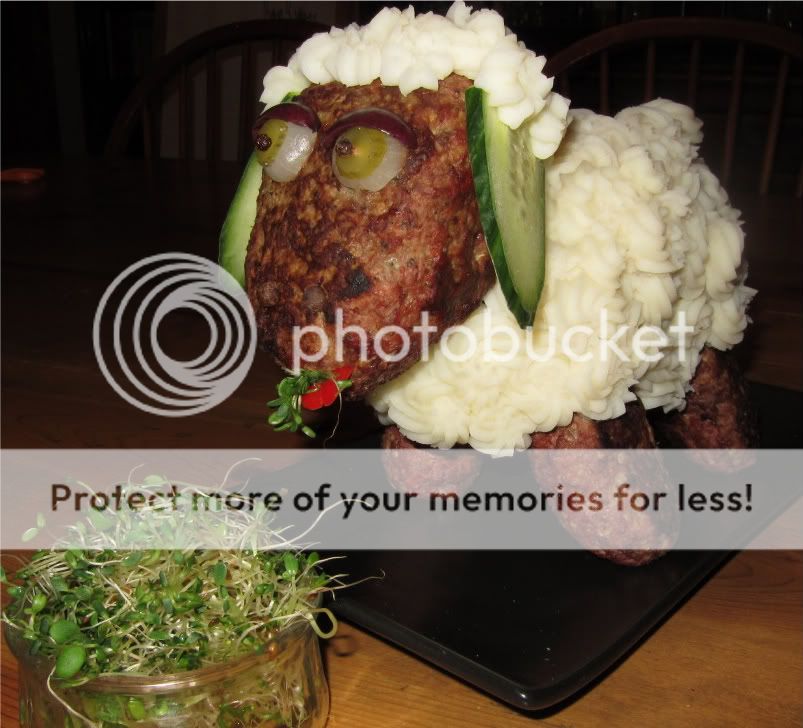- Joined
- Oct 5, 2008
- Messages
- 13,642
- Reaction score
- 38,788
- Points
- 113
You mean Constantinople. :razz:
Yes, of course, Giorgios, my bad. :doh:
You mean Constantinople. :razz:
I think the problem you will find is that there is not one single "traditional gyro". It's a wild goose chase.
Instead there are variations on what gyro's mean across the world. In one area they mean one thing, and in another area something different. In each area you can say "that is an authentic gyro", but that same gyro won't fly somewhere else.
So, I think you can take ANY definition of Gyro, and replace the "ground meat" part of your title with that, and find problems with the definition.
It's like asking "When did BBQ become anything other than pork"?

I've eaten Gyros and/or Doners in over a dozen countries and they are different in all of them! I have a very good Turkish friend who lives in Istanbul and had many discussions on the merits of different ones in different locations, having sampled them together in Italy, France, The Netherlands, and Turkey -- it's something we do when we meet. If you want to go traditional, the slabs of meat on spits are much more common in Europe (and Greece and Turkey) and the giant gyros fatties on a vertical spit are more common in North America. I have asked the difference between gyro and doner of a couple of Turkish people and they say there is absolutely no difference and they use the two terms completely interchangeably. While based on linguistics, Doner is Turkish and Gyro is Greek, they don't seem to have any distinction in Turkey. It could be a local thing. I don't think I've ever seen a "doner" in Greece, although I've had many gyros there (with fries, of course). I believe my favorite are the ones in the Netherlands. I really like the sauce they use, but I really love sambal. :thumb:
Here's a little doner/gyro made in the North American fashion:

http://www.bbq-brethren.com/forum/showpost.php?p=1550440&postcount=48
Great thread. Now, can someone explain the stacks of meat on the vertical skewer like in Phu's pics. What type of meat is this? Is it raw slabs of beef or lamb roasted on the outside and then shaved off? Interesting, I've never seen that were I live.
Great thread. Now, can someone explain the stacks of meat on the vertical skewer like in Phu's pics. What type of meat is this? Is it raw slabs of beef or lamb roasted on the outside and then shaved off? Interesting, I've never seen that were I live.
It's like asking "When did BBQ become anything other than pork"?
I wonder how Aussie's do their gyros?You know, with the Aussie TD and all...
Great thread. Now, can someone explain the stacks of meat on the vertical skewer like in Phu's pics. What type of meat is this? Is it raw slabs of beef or lamb roasted on the outside and then shaved off? Interesting, I've never seen that were I live.
I wonder how Aussie's do their gyros?You know, with the Aussie TD and all...
Couple years ago while on a mediterranean cruise we had lunch at a little restaurant in Katakolon Greece. I was curious about this too, so I ordered the gyros just to see. I was expecting the traditional gyro like we'd get in america, roasted meat (most likely lamb) and veggies with takziki (or however you spell it) wrapped in a pita. What I got was thin strips of roasted, whole muscle meat (similar to what you'd get in a fajita here), tomatoes, onions, cucumbers and takziki sauce on the side, all on a plate. No pita to be found. Later I was told that you get the pita type from the food cart stands, in restaurants you get it without the pita.
So anyway, my experience with Greek gyros is it's whole muscle meat. I did not get to see how they roasted it, but I'm guessing on a spit.

Sort of like this....
Pita is on the side....
Yep, 'cept my pita was no where to be found.
